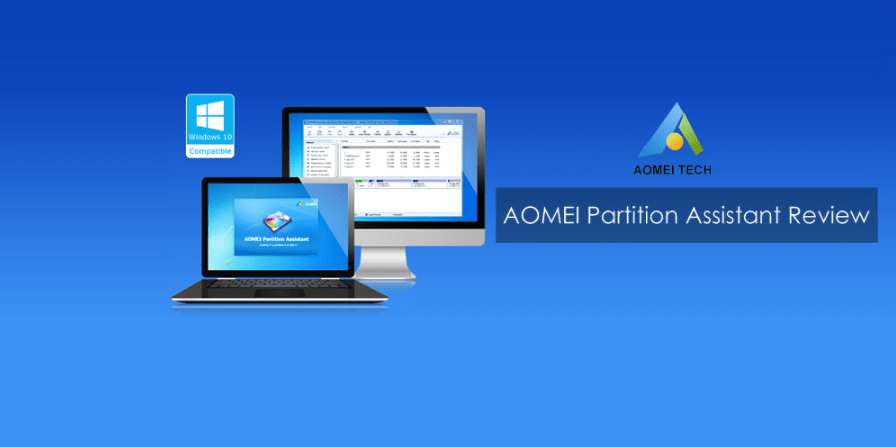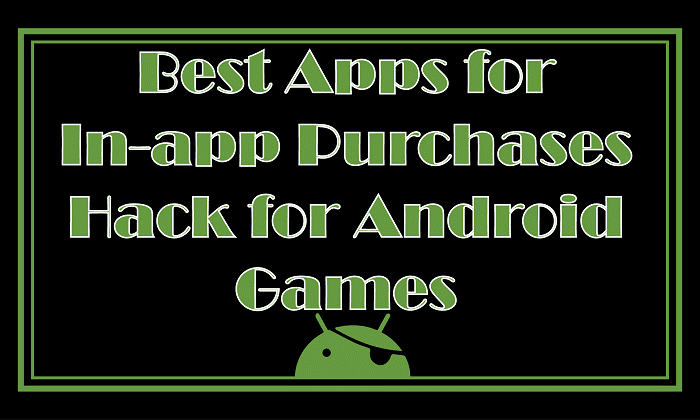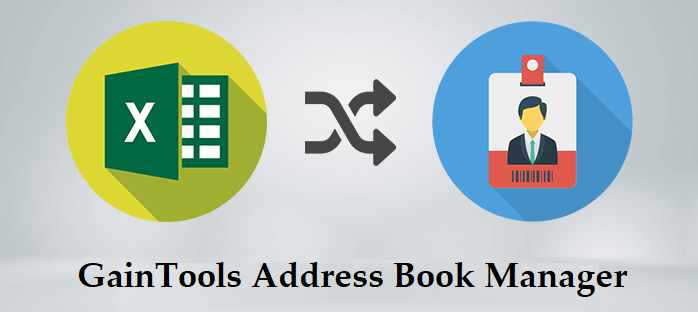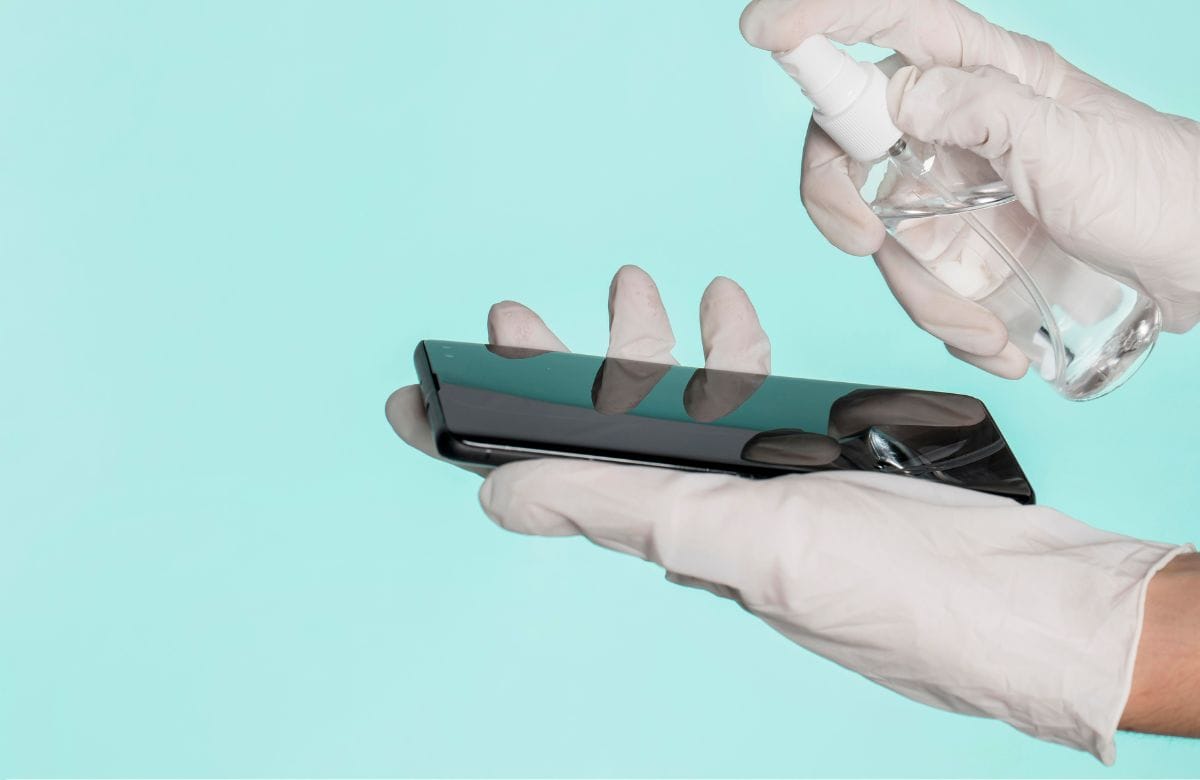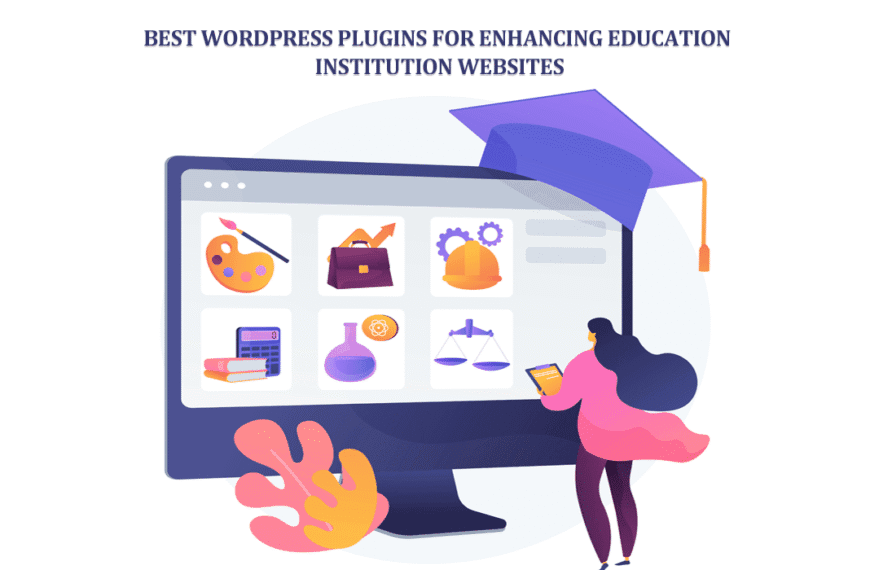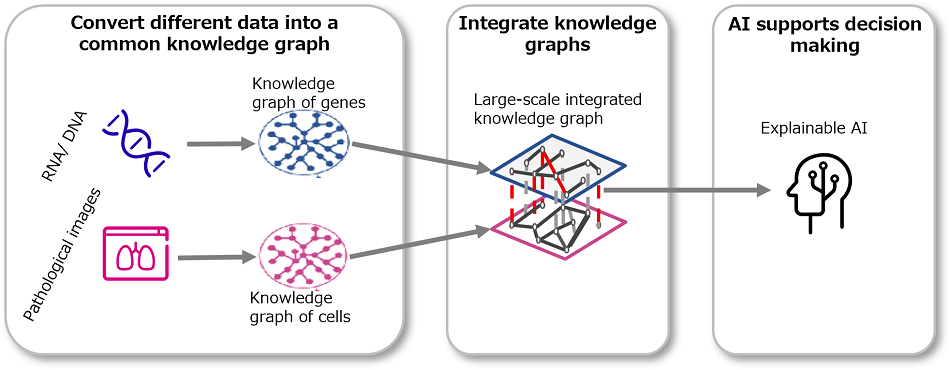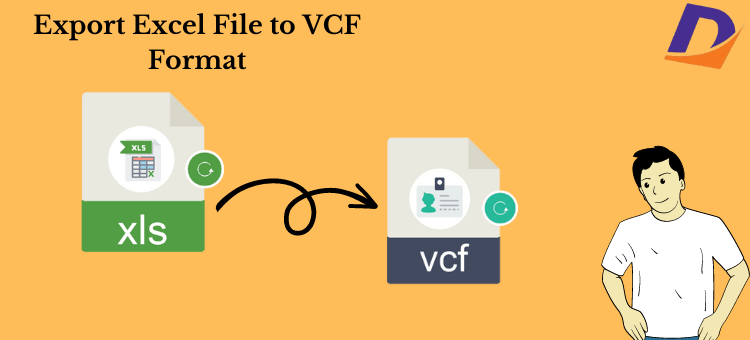Are you interested in learning how to make money with free apps? It’s amazing to see how these ostensibly “free” apps manage to generate revenue in a world where mobile applications have become an essential part of our everyday existence. There’s nowhere else to turn if you’re seeking for answers! We’ll look at 11 tested methods in this blog article to show you how to monetize free applications that will still be profitable in 2024. Dive into the profitable world of free app monetization, which includes everything from in-app purchases and advertising to data monetization and subscriptions. Now let’s get started and discover How to Make Money with Free Apps!
Table of contents
Paid vs. Freemium Apps in the Market
Here are some important things to think about when contrasting the markets for premium and freemium apps:
Applications that are free to download
In recent years, freemium applications have grown in popularity, especially in the fields of productivity and mobile gaming.
In-app purchases made by customers worldwide across all app stores are expected to exceed $138 billion in 2024, according to Sensor Tower.
56% of all in-app purchases were found to be related to mobile games, according to the same survey. In-app purchases in other areas, such as entertainment and social networking, have grown significantly as well.
Apps that cost money:
Although paid applications have existed since the beginning of app stores, the popularity of freemium apps has caused paid apps to decline in recent years.
Global income from paid app downloads was projected to reach around $29 billion in 2024, according to Statista.
However, because of the value they provide to consumers, certain categories—like productivity and education apps—might still earn significant income from premium downloads.
The Distinction Between Paid and Free Applications
There are two distinct revenue models for app distribution: paid and free applications. Although they both provide access to mobile applications, their features and methods of making money are different. Applications that are free to download and use are known as free applications. Through in-app purchases, advertising, or other monetization techniques, these applications make money. Because they let consumers test an app before buying it, free applications are quite popular. They are also an excellent tool for developers to increase their user base and make money via advertising or other sources.
Paid applications, on the other hand, demand a one-time payment from consumers before the app being downloaded and used. Paid applications are often thought to be of better quality and come with more features than free apps. This is a result of the developers devoting more time and money to the app’s development and depending on sales income to cover their expenses.
The following are some significant distinctions between premium and free apps:
Cost: Paid applications need a one-time payment, however, free apps may be downloaded and used without cost.
Features: Since developers have put more money into creating paid applications, they often have more features and functionality than free apps.
Quality: Because paid applications have been built with more time and resources than free apps, they are often thought to be of superior quality.
Revenue Generation: Paid applications make money from selling the app itself, while free apps make money through in-app purchases, advertising, or other forms of monetization.
User Base: Because consumers are more likely to test out a free app before making a purchase, free applications often have a bigger user base than premium apps.
10 Tried-and-True Methods: How Do Free Apps Get Revenue?
1. Purchases made inside apps
Among the most well-liked and successful methods for monetizing free applications are in-app purchases.
App developers may charge users for extra material, features, or functionality inside their app by implementing in-app purchases. Extra levels in a game or premium membership features in a social network or dating app are examples of this.
Typically, real-world money like dollars, pounds, or euros is used for in-app purchases. But other applications also let users buy things inside the app using virtual money that they may get by playing games or doing other activities.
While some consumers may be hesitant to pay for an app up front, many are prepared to pay a little amount for more features or content once they’ve downloaded and started using it. This means the best option to monetise free applications is via in-app purchases.
Consider the following while developing your app if you want to include in-app purchases:
Your software must, above all, provide customers value without charging for it. Put another way, even if no money is ever spent on your app, it should still be enjoyable and helpful. It’s not until you have a devoted user base that you begin to roll out paid content or services.
Additionally, be sure that any services or material you charge for are really worthwhile. Nobody likes to think they were duped into parting with their money.
Lastly, make sure everything functions correctly by giving your in-app purchase setup a complete test run before deploying it. By doing this, you may steer clear of any problems with the user experience that might cost you sales.
2. Membership and Subscription Frameworks
One of the most common ways that free applications generate revenue is via subscriptions and membership models. This is due to the fact that they provide a potentially extremely dependable source of recurrent income.
Paid and free memberships and subscriptions are the two primary categories. More features and perks are often available with paid memberships and subscriptions than with free ones. For instance, users may only be able to access basic services with a free membership, while those with a premium subscription may be able to access unique material.
You must take into account both what consumers are prepared to pay for and your app’s unique value proposition when selecting the best membership or subscription plan. You may begin promoting your software to users when you’ve chosen a pricing.
Offering a free trial period is one approach to promote your software. Users will be able to test out all the features and benefits your app has to offer before choosing to subscribe or not. You may also entice people to join up for a premium membership by providing discounts or other rewards.
Regardless of the membership or subscription model you use, it’s critical to make sure people know what they’re receiving before committing. To avoid any surprises later on, make sure you clarify the terms and conditions of your app’s membership or subscription in detail.
3. Revenue from Advertising
One of the most common ways that free applications generate revenue is via advertising. With in-app advertising, developers can include advertisements in their apps and be paid each time a customer clicks or watches the advertisement. If your app has a large number of active users, this might be a terrific method to make money.
In-app advertising comes in a few different forms, such as video, interstitial, and banner advertisements. Interstitial advertising are full-screen advertisements that run in between content parts, while banner ads are usually short, rectangular banners that show up at the top or bottom of the screen. Short videos that play automatically when a user opens an application or finishes a task are called video adverts.
Additionally, app developers have the option of placing advertising from a single advertiser or using an ad network to show ads from many advertisers. When compared to dealing with individual advertisers, ad networks sometimes provide better CPMs (cost per thousand impressions), but they may not have as many possibilities for high-quality ads.
4. Affiliate Advertising
Another way that free applications might generate revenue is via affiliate marketing. Under this concept, app developers collaborate with companies or groups to market their goods and services inside the app. The app developer receives a fee from the company or organization they work with when a customer buys the app.
If the program has a big enough user base to produce meaningful purchases, this may be a terrific method to make money. Additionally, app developers need to make sure that the goods and services they endorse are relevant and engaging for their user base.
5. Sponsorships and Tagged Information
An increasing number of individuals are using apps as their main method of communication with the digital world as smartphone use rises globally. The app economy has taken off as a result, with companies of all sizes creating and distributing applications to capitalize on this emerging trend.
However, it might be challenging to differentiate your app from the competition and generate revenue considering the abundance of applications accessible in app stores. In 2024, this post will examine the best methods for generating revenue from free applications.
One method for making money with free applications is via sponsored content and branded content. You may integrate brands and businesses’ goods and services into your app in a manner that is both discreet and beneficial to your users by forming partnerships with them. You might, for instance, display sponsored areas in a map-based app or add sponsored goods in a shopping list app.
Advertising is another way that free applications may make money. This may be shown in a variety of ways, including video, interstitial, and banner adverts. To make your app long-lasting, you must strike a balance between offering a positive user experience and making enough money from advertising.
Lastly, you may charge for premium features or capabilities in your free applications to make money. This might include making your app available without advertisements or giving users access to premium content that is exclusively available to them.
6. Upgrades to the Freemium
The freemium business model—apps that are available for free download but may be purchased for premium features—has become more popular as the App Store economy has grown. Here are some tactics you may use in 2024 if you want to profit from a free app:
In-app Purchases: You may allow users to access more features or content in your app by making in-app purchases available. This is a well-liked gaming technique where users may buy goods to advance the game.
Subscriptions: Another option for monetizing your software is to provide subscriptions. Access to premium material and services may be provided to customers with a weekly or monthly subscription.
Affiliate Marketing: By endorsing goods and services from other businesses inside your app, you may also earn money.
7. Monetization of Data
Data may be made profitable in a number of ways. Banners, interstitials, or video advertising may be used for this. Additional methods of making money off of data include selling third-party developers or aggregators access to your information or utilizing it to produce new goods or services.
One excellent method of making money from your app or website is via data monetization. Nevertheless, while putting any of these tactics into practice, it’s critical to keep the user experience in mind. Make sure that third-party developers are utilizing your data for the advantage of your app or website users if you offer access to it.
8. Donations & Crowdfunding:
Donations and crowdsourcing are two ways that free applications generate revenue. For developers that have a devoted following or supportive community, this might be a fantastic choice. Some websites, including AppBackr and Kickstarter, provide crowdsourcing services especially for the development of mobile apps. Developing an engaging campaign that describes the purpose of the app and how it will benefit backers is crucial for crowdfunding campaigns to be successful.
The website for an app may directly collect donations, as may well-known gateways like PayPal. This may be a fantastic choice for applications that provide worthwhile services or content that users are prepared to pay for—even if they don’t have to make purchases via the app. Encouraging consumers to give and giving them clear information about the donation’s intended purpose are vital.
Apart from crowdfunding and contributions, free applications may generate revenue via sponsorships or advertising. This may be a fantastic choice for applications with a big user base that can provide prospective marketers useful information.
9. Grants:
One common method used by free applications to make money via brand relationships is sponsorship. In this scenario, the app developer collaborates with a sponsor or brand to advertise the latter’s goods and services. These might be sponsored postings on social media, videos, or banner adverts. For this campaign, the sponsor charges the app developer a fee, which the developer may use to commercialize their product.
Free applications may effectively make money via sponsorship while still offering their consumers value. Users may be guaranteed to receive advertisements that are both relevant and helpful by customizing sponsored content to the app’s demographic. Both the sponsor and the app developer may benefit from this since the developer may make money and the sponsor can expand their audience.
10. Referral Initiatives:
Another well-liked method for making money with free applications is via referral schemes. Under this strategy, customers who recommend the app to their friends and family get incentives from the app developer. For instance, the app developer may provide a benefit to the user who refers others as well as to the new user who installs and utilizes the app, such in-app credits or discounts.
Referral programs work well because they depend on word-of-mouth advertising, which is often more successful than conventional forms of promotion. If an app offers incentives for users to download and utilize it, they are more inclined to do so and are also more likely to believe a friend or family member’s suggestion. By doing this, the app developer may be able to attract a devoted user base and make money via in-app purchases and other monetization techniques. Each line of code at Mobile App Development Company New York is a creation of the creative minds that come jointly to form the digital world despite the hustle and bustle of New York.


